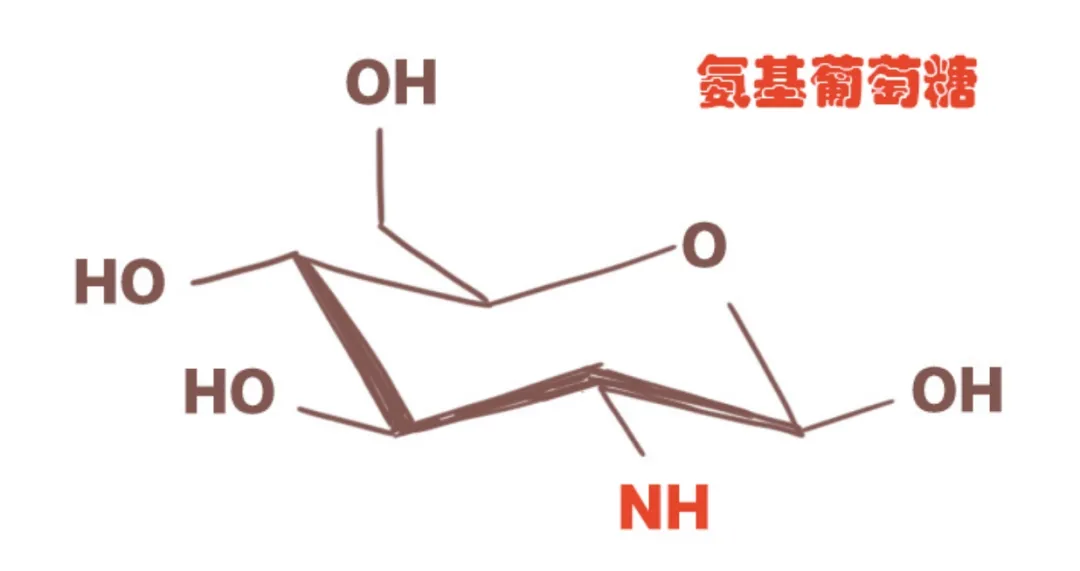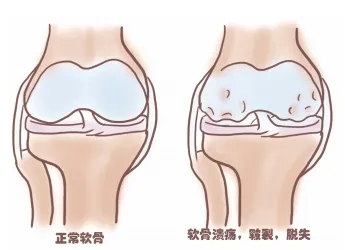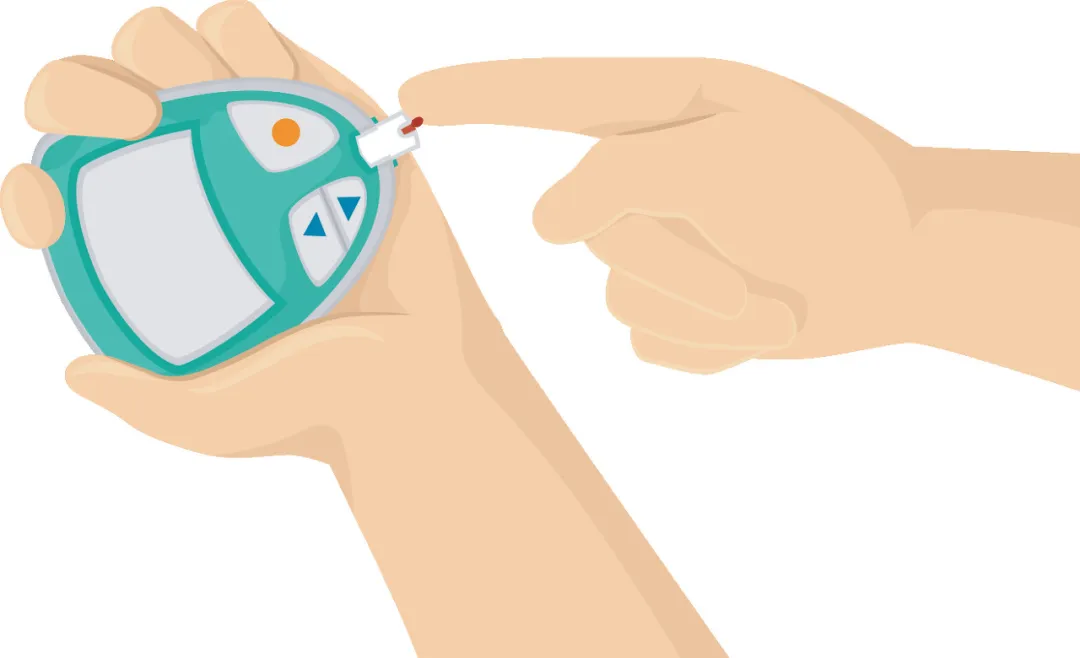Glucosamine is a natural amino monosaccharide and a precursor to mucopolysaccharides, which are the main components of articular cartilage. Therefore, glucosamine is a nutrient that promotes the formation of chondrocytes and a natural component of healthy articular cartilage. The common chondroitin sulfate in the market is composed of two nutrients, glucosamine (abbreviated as "glucosamine") and chondroitin sulfate.

Do we need to supplement glucosamine for knee joint injuries caused by exercise, bone and joint function degradation in the elderly, as well as joint wear and pain?

Who needs to supplement glucosamine?
The human body can synthesize glucosamine on its own, producing 4-20g per day, and does not require additional supplementation under normal circumstances. But as people age, their ability to synthesize glucosamine gradually decreases. Therefore, elderly people or those who exercise regularly may experience cartilage wear greater than repair, and additional supplementation of glucosamine is needed to meet the body's normal needs.

The exogenous glucosamine we supplement is usually extracted from the shells of crustaceans such as crabs and shrimp. At present, glucosamine available on the market includes health food and medicine. The drug glucosamine has clear indications, dosages, and treatment courses, and is used to treat and prevent osteoarthritis in various parts of the body, relieve and eliminate symptoms such as pain and swelling, and improve joint activity function.
Glucosamine, a health food, belongs to the category of food and has dosage requirements, but there is no clear course of treatment. It is mainly used for preventive health care and can increase bone density, but cannot treat osteoarthritis. It is a nutritional supplement. When elderly people or those who exercise heavily need to supplement glucosamine, they can choose drugs or health foods according to their actual situation; If diagnosed with osteoarthritis, it is recommended to use medication for treatment.
What is the difference between glucosamine sulfate and glucosamine hydrochloride?
The glucosamine we can buy on the market, whether it is medicine or health food, can be divided into glucosamine hydrochloride and glucosamine sulfate.
Due to the hygroscopicity and oxidation of glucosamine sulfate, it generally forms double salts with sodium chloride or potassium chloride. When forming double salts with sodium chloride, each 1000mg of glucosamine sulfate contains about 20% sodium chloride. Long term and large doses may increase the risk of hypertension, ischemic cardiomyopathy, heart failure, and other conditions in elderly people. When forming double salts with potassium chloride, each 1000mg of glucosamine sulfate contains 25% potassium chloride, which is contraindicated for patients with hyperkalemia.
The content of glucosamine in glucosamine hydrochloride is 85%, while in glucosamine sulfate it is only 65%. However, the bioavailability of glucosamine sulfate is higher than that of glucosamine hydrochloride. People with gastrointestinal diseases or concerns about gastrointestinal reactions can choose glucosamine sulfate.
Whether it is glucosamine sulfate or glucosamine hydrochloride, there is essentially no difference, and you need to choose according to your own situation. The main differences between them are shown in the table below.

Does glucosamine raise blood sugar?
When some people hear the name Glucosamine, they associate it with glucose and think that patients with diabetes cannot take it. In fact, glucosamine is not equal to glucose. It is formed by replacing one hydroxyl group of glucose with an amino group, and it is not converted into glucose in the human body, but into carbon dioxide, urea, and water.
Moreover, the maximum recommended daily intake of glucosamine hydrochloride or sulfate is 1.5g. Even if converted into glucose, it is only equivalent to one spoonful of carbohydrates in rice and will not cause any changes in the body's blood sugar levels. Therefore, diabetes patients can take glucosamine. Of course, if you are not at ease, you can monitor the changes in blood sugar regularly.

What are the precautions for taking glucosamine?
√ It is recommended to take it during or after meals to reduce gastrointestinal discomfort.
√ Pregnant women, lactating women, and adolescents under 18 years old are prohibited from using it.
√ Patients with severe liver and kidney dysfunction are not recommended to use it.
√ People who are allergic to shellfish (such as crabs and shrimp) seafood should use it with caution.
√ The recommended intake of glucosamine is 800-1500mg/d. When consumed together with similar nutrients, it should not exceed the maximum recommended dose of 1500mg.
What are the tips for protecting joint health
√ Do not maintain the same posture for a long time: for example, working in front of a computer, looking at your phone, or playing games for a long time, be sure to change posture frequently. Regular activity is beneficial for joints.
√ Warm up exercises: Regardless of any exercise, preparation activities are necessary to prevent strains or sprains during the exercise process.
√ Choose a suitable exercise method for oneself: For example, people who are older or heavier should try to avoid sports that have a greater impact on the knee joint, such as hiking and skipping rope. They can choose sports that have less impact on the knee joint, such as swimming, cycling, and jogging.
√ Avoid joint catching cold or dampness: for example, you can wear more clothes in air-conditioned rooms; Living in a humid environment, pay attention to opening windows for ventilation or using a dehumidifier to make the room dry.
Tip: Once symptoms such as joint injury or joint pain occur, seek medical attention first to determine the cause. Do not take glucosamine drugs or health foods without authorization to avoid masking the condition and delaying treatment.